
On Tour: Peter Gabriel & The Killers using SSL Live Consoles for shows

If you’re a fan of The Killers’ then you may already know about last year’s Battle Born world tour, which saw the band perform in 50 countries and headlining arenas on six continents.
What you possibly didn’t know, is the band are currently promoting their Direct Hits compilation album, hitting the northern hemisphere’s Summer fest circuit and playing their greatest hits setlist to festivals up and down the length & breadth of North America & the UK. The band’s FOH engineer, Kenny Kaiser is mixing each set on the new SSL Live console.
Kaiser has served as PA tech or system tech for Selena Gomez, Train and as monitor tech and crew chief for The Foo Fighters, amongst others. After moving to the Killers’ camp last year, he took over the helm for their 2014 tour. However, he disliked their previous FOH console and knew instantly that he’d need to make a switch.
Kaiser had already spent some time with the SSL Live and knew it would produce the right sound for the band. “I went down and played with it. I found it fluid and the surface very intuitive. One thing that stuck in my mind was actually taking it apart and looking inside at how it’s made – it’s built like a tank.”
The band’s previous console (unfortunately, he didn’t give us a name) wasn’t up to scratch and Kaiser was happy to see the back of it. “There was too much button pushing to get to certain places and it was too spread out,” he continues. “There were fader banks on either side, so I had to do a lot of left and right movements.”

“Because my background is a system tech, I’m an audio measurement and phase dork,” he explains. “Some engineers might have an eight or 10 dB boost or cut on an EQ band and my thought [is], if you have to do that, [then] something is wrong – either the wrong mic or the console isn’t doing what the engineer needs. I now find that certain things I used to do, I don’t have to do anymore because the EQ does what it says its doing. When you’re on the first band and you want a cut at 120 Hz, it actually does 120. Some consoles say they’re doing 120, but then when you actually plug it in and check, it’s not quite there. Sometimes the Q isn’t quite what it says; with this console, it’s precise.”
Another big hit was Live’s onboard effects and all-pass filters. “I use all-pass filters to align side hangs to the mains [and] being able to have that on inputs, to align a pair of kick or snare drum mics, is a huge tool to get the phase just right.”
Kaiser also mentioned that on the previous console it was easy to muddy the mix, once effects were added. “Once you start adding more stuff, you hear them start to overload and hear the coherence start to go away, but not with the SSL Live…[they] definitely did their homework to make it sound as analogue as possible.”
In fact, so enamoured with the Live console, Kaiser even stated that it is, “the most analogue-correct digital console I’ve ever encountered. It sounds phenomenal.”
But Kaiser isn’t the only engineer to fall in love with the SSL Live, Peter Gabriel‘s FOH team (Dickie Chappell, Dee Miller and Ben Findlay) began using Live earlier this year on Gabriel’s Back to Front: So Anniversary tour (currently on hiatus till November). They also had plenty of good things to say about it.

“The first thing to say about Live is that it sounds really quite good and makes mixing live audio very easy,” says Ben Findlay, FOH engineer. “You get lots of separation and clarity. The EQ is musical, never harsh, and the dynamics are transparent even when compressing a signal hard, as you would expect from an SSL console. The mixes come together quickly when starting from scratch. Because the audio is very clearly defined, you have more options regarding relative levels, so elements of a mix that may normally be masked with another console are still clearly audible. This leads to accomplishing the often illusive third dimension to a mix that live engineers strive for — and that is a real sense of depth. The console is also extremely reliable with not so much as a flicker during the whole tour. I am now at the stage where I am sure I would miss [it] if I had to revert to my previous system.”
It seems that SSL have designed Live to appeal to engineers with a wide range of operational approaches. The highly experienced team of mixers took advantage of the adaptable bus architecture, processing tools and user interface options to support their personal approach to the differing tasks each were managing.

“Ben and I recorded a multi-track version of the Back to Front show during the US tour in 2012, so we had a ready reference to run through the Live console when it became available before official show rehearsals,” says Richard Chappell, show coordinator and Peter Gabriel’s personal monitoring & studio engineer. “The first part of the learning curve was [using] the touch screen…[it] allowed each of us to configure the setup the way we wanted to work. The needs of monitoring are, after all, different from FOH. For me, Live is the engineering equivalent of what a musical instrument is to a performer. I can now do what I do better with Live. Secondly, I’ve heard horror stories in the past about other new consoles going out and crashing or not working…we never lost a show, it always worked.”
“It’s a hybrid console that has a touch screen but it’s also button operated; a real crossover between two ways of working,” says monitor engineer Dee Miller. “For an engineer, it’s a very powerful tool and capable of doing a lot of things. What I’ve had to do is learn how to use the desk to mix the show my way, so [it] is a tool for any particular job as opposed to bending a job around a different manufacturer’s tool. It’s got some great features on it and it’s very powerful…the clarity is extremely good and I would just say that you can hear everything really, really well. From an engineering point of view, I [have] made many performers happy with their monitor mixes using Live.”
With all this positivity it seems SSL has itself a winner with Live, cherry-picking the best ideas from its competitors’ and (of course) its’ own studio consoles, wrapping everything together to make an all-round excellent live performance console. Although, in saying that, we do wonder if the sheer amount of new techniques and approaches to mixing on Live, may well be too steep a learning curve for some. It also isn’t cheap, with a price-tag of well over $100K to purchase, you’re going to have to bust open all your piggy banks (and the kids’) just to hire one for the night. Needless to say, we’re pretty eager to get our hands on the SSL Live console for review and it’ll be interesting to how it compares to the two-year old DiGiCo SD5. We expect great things from the SSL Live.
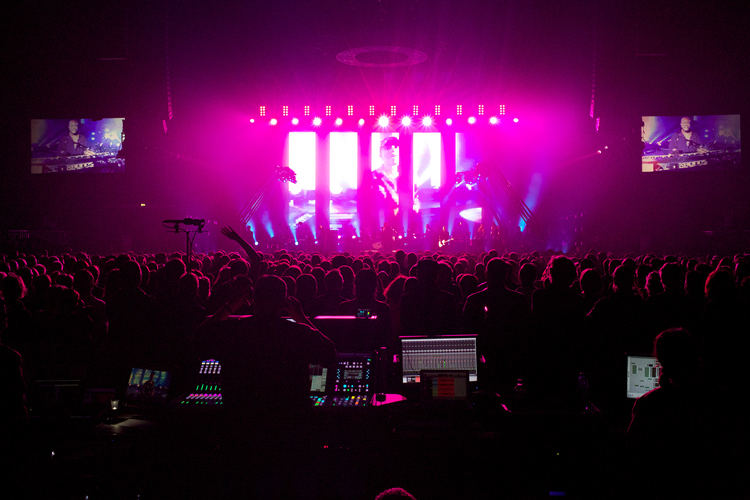
Excerpts from Press Release


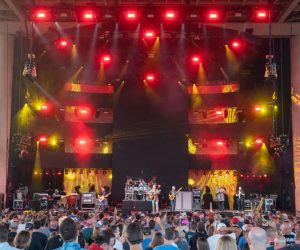
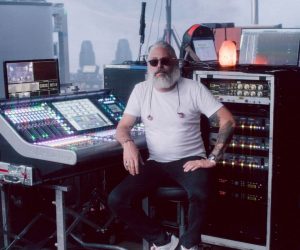
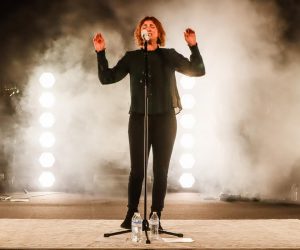
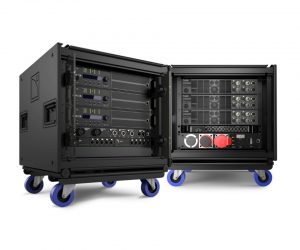
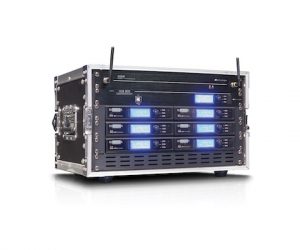
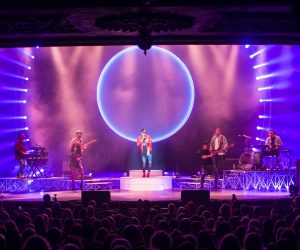
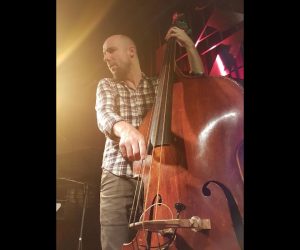
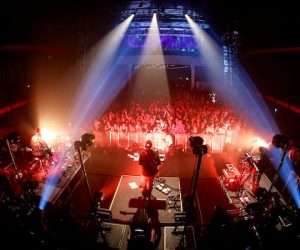
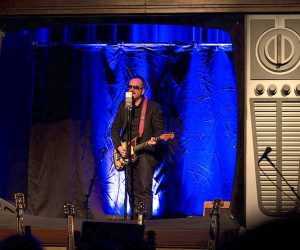
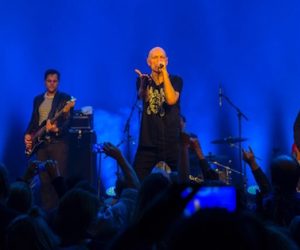
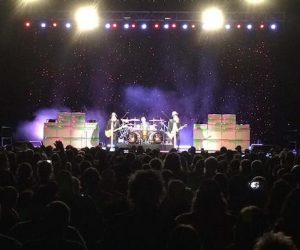
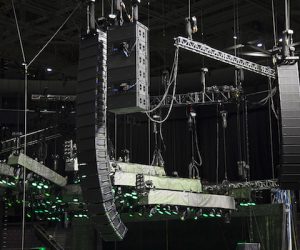


RESPONSES